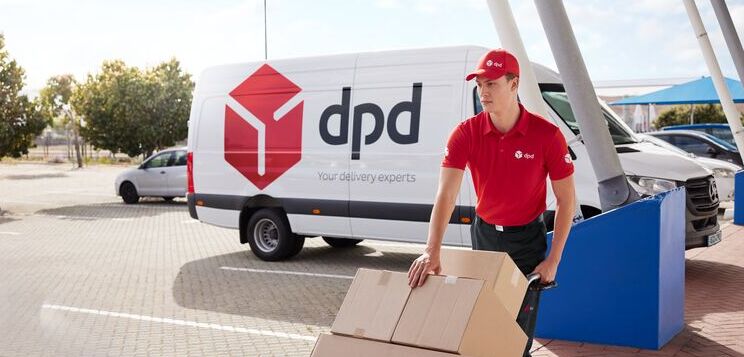Driving transformation in the postal industry: Look at both culture and technology
 Declining letter volumes and parcel competition are serious challenges faced by postal companies. Having a competitive supply chain is key to thrive, and survive, in this environment. How can postal companies make headway with digital transformation? The answer lies on changing culture as much as it does on rethinking technology.
Declining letter volumes and parcel competition are serious challenges faced by postal companies. Having a competitive supply chain is key to thrive, and survive, in this environment. How can postal companies make headway with digital transformation? The answer lies on changing culture as much as it does on rethinking technology.
Change should start with culture and organizational alignment
Global e-commerce growth and converging technologies are pushing postal companies to diversify their revenues and increase operational efficiency quickly. To support this change, many postal operators are modernizing their technology stack and relying increasingly on advanced analytics. UPS, for instance, has managed to save up $50 million a year in fuel, vehicle maintenance and time by optimizing vehicle routes with a big data model. The company has also won several awards for providing consumers with more control over deliveries using digital products.
But sometimes, a resistance to change and lack of organizational alignment can be a deterrent to digital transformation. “Cross-functional silos need to be removed,” says a Planning Application Development Manager at a leading postal company in Asia Pacific.
“It doesn’t make sense to separate an organization in ‘letters and parcels’ and ‘transportation’ when in reality these sectors are cross-functional. Within analytics teams, there’s also a need to sell our capabilities better. Convincing people is difficult, so you need to build confidence in an internal analytics team.”
To build and nurture that confidence, it’s crucial for upper management to be on board with your digital transformation initiatives and it’s equally important to understand the needs of all stakeholders involved. Understanding these needs will help you make the case, both internally and externally.
“There’s a strong case for realistically representing your business in a mathematical way, but you also need to account for emotional or social aspects, the Planning Application Development Manager adds.
“Emotional logic has a business sense as well. For example, you need to look at the different demographics and what their preferences are. Identifying these pockets and the right way of servicing them is crucial. The better you understand your customers, the better and faster you can evolve.”
Driving transformation with experiments
A good approach is to find an application area and develop a proof of concept to make the case for digital transformation. Postal companies have multiple modes and multiple time pressures in order to be able to satisfy a high priority delivery system. It’s easy to get things wrong by putting mail in the wrong mode or path. They’re constantly battling with cost and the time needed to meet delivery modes. Network infrastructure may be a good place to start.
One of our customers was looking to optimize their network so they started experimenting with a small team to develop new network optimization models. The volume of letters has been decreasing dramatically among their customer base, so people were not using post boxes as often as they used to. However, they were still obliged to go and check them, thereby incurring costs on transport drivers. The result of their Network Optimization study clearly showed that they needed to cut back on where they were over servicing and re-deploy boxes in areas which have seen larger population growth. Implementing this new Network model would allow them to clear post boxes up to 30% faster, which meant mail processing could start sooner. Staff would be redeployed in a more efficient way and the business would benefit from cost savings.
The same customer decided to experiment in other areas using AIMMS technology, following this initial network study. They developed a distribution facility model to find out what kind of investments in storage capability they would need to make to fulfill capacity requirements in the future. Storage is a hot topic for them, as they see an increasing need to store parcels for customers who aren’t present to receive them. The results of the study showed them where to place their new storage centers and how many they would need to meet future demand, helping them make informed investment decisions while improving service levels – a win-win for everyone involved.
Finding your win-win scenario
Do these challenges sound familiar? There’s never been a better time to address them. It’s not too late for postal companies to find win-win scenarios. Scenarios that are beneficial to their customer base and their business. The key is to start by convincing your team and self-enabling them with technology that helps them experiment and respond quickly to today’s changing market demands. Click here to learn about AIMMS SC Navigator, our new suite of configurable Apps for self-service supply chain analytics.





